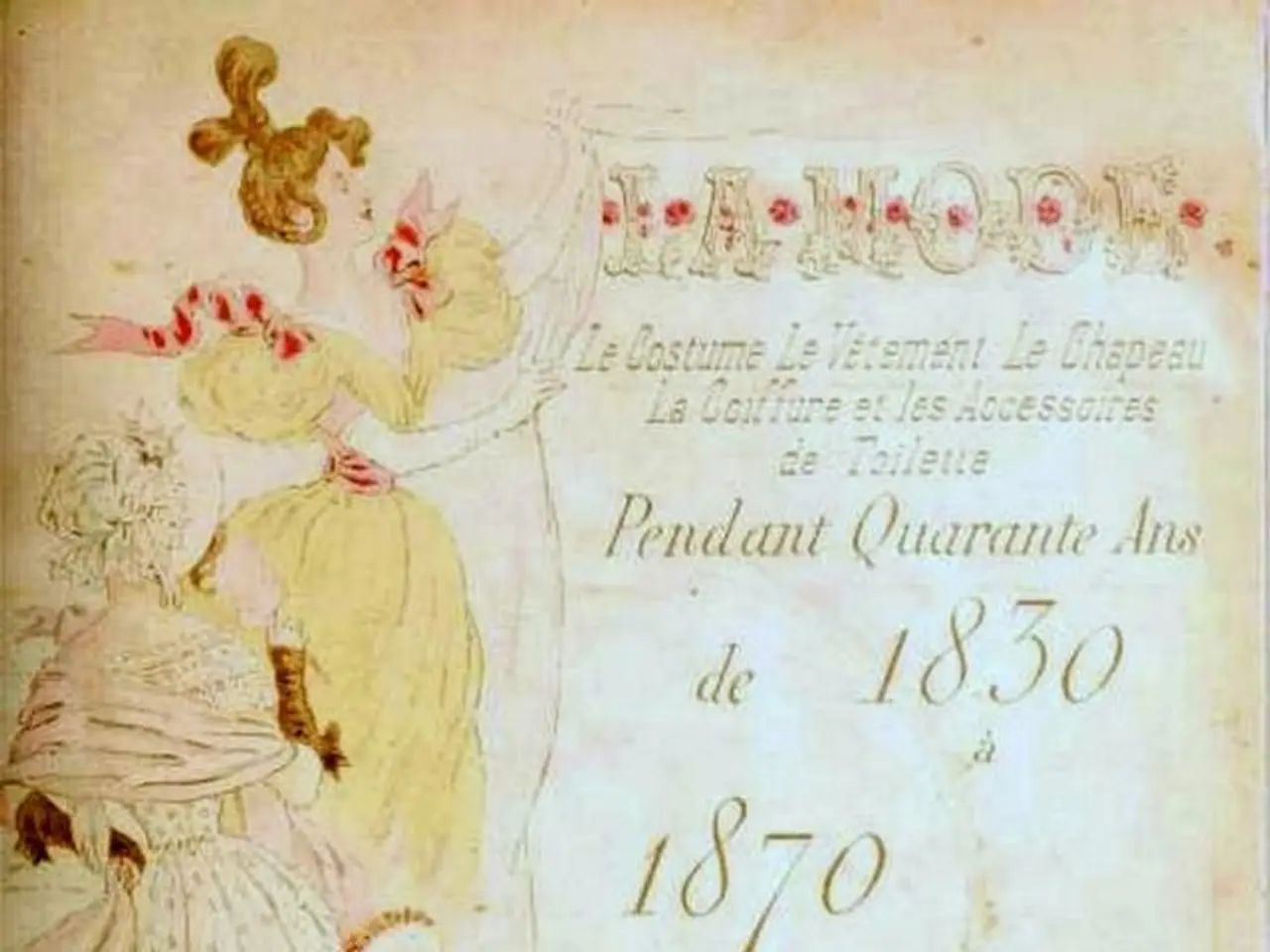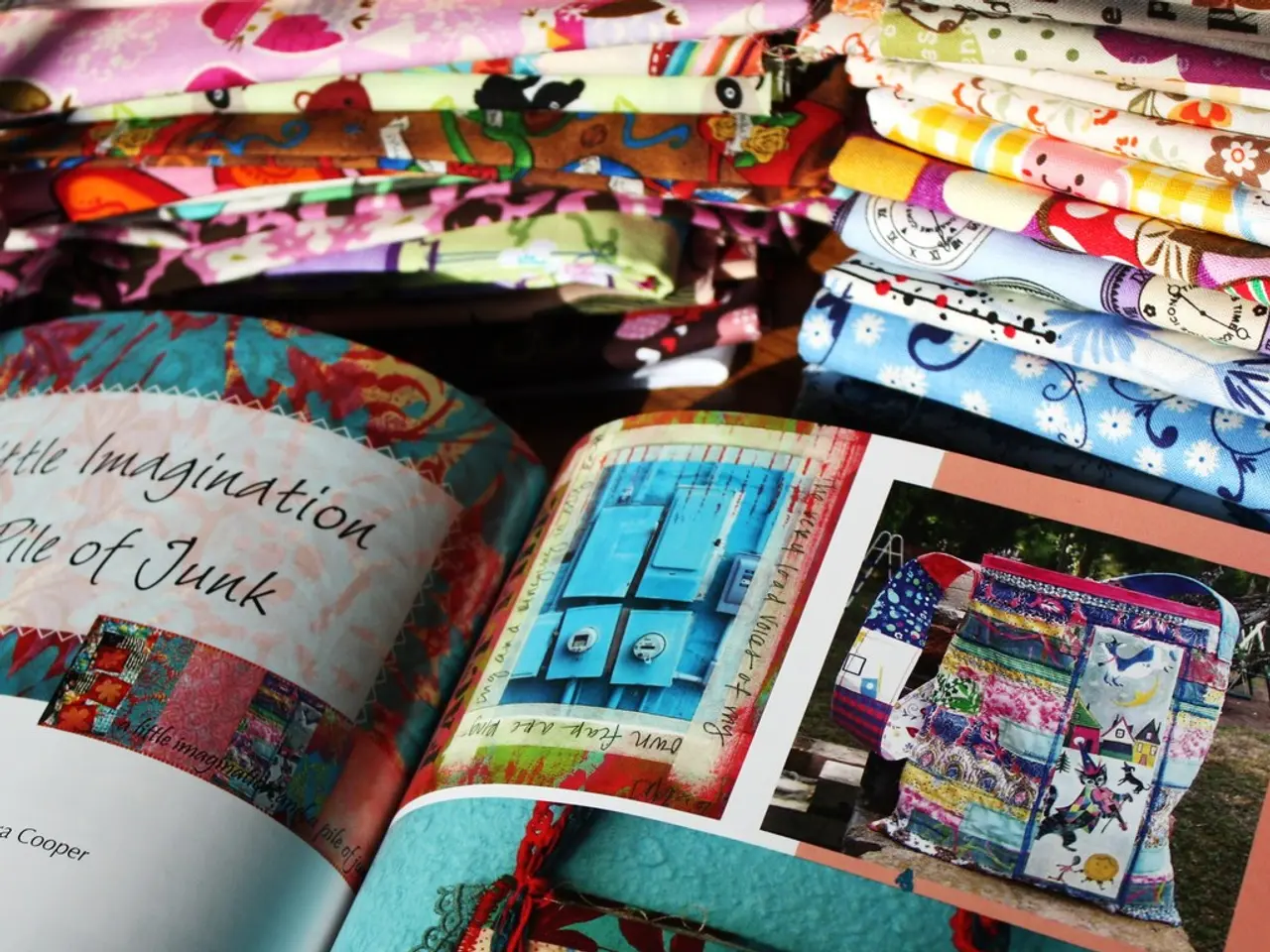The concern surrounding the popularity of the "Get Ready With Me" trend as a 21-year-old married woman raises some valid questions
In the bustling digital landscape of India, a new trend has emerged that has sparked debate and raised concerns among social commentators. The popularity of Get Ready With Me (GRWM) reels by young married women has been on the rise, but not without controversy. These reels, which often showcase women preparing for family occasions or daily life, have been criticized for reinforcing traditional gendered conditioning and limiting women's choices.
At a time when many individuals are just beginning to form independent opinions and question the world around them, these reels are a stark reminder of the enduring patriarchal expectations that continue to shape the lives of young married women. The focus on appearance, modesty, and conformity to domestic roles often seen in these reels echoes the traditional expectation that a woman's worth is tied to her looks and ability to maintain a certain aesthetic for others, particularly men. This focus can subtly pressure women to prioritize outward appearance over personal ambitions or self-expression.
Moreover, the content of these reels often aligns with patriarchal traditions, such as modesty, demure behavior, and adherence to established wedding or domestic rituals. These reinforce conventional gender roles that expect women to be graceful, calm, and accommodating, thereby discouraging expressions of individuality or dissent. For instance, women are socialized to repress emotions like anger to remain "feminine" and "lovable," which limits authentic emotional expression.
Furthermore, the focus on preparing oneself mainly for occasions related to the husband or family reinforces the idea that a married woman's primary role is linked to her spouse and household duties. This alignment restricts women's identities to the domestic sphere, sidelining their career aspirations or broader personal growth.
The reels often portray a domesticated dream life with no conflict or questions, reinforcing the idealized narrative of early marriage as aspirational. The algorithm rewards this overly polished version of early marriage, contributing to its widespread popularity. However, it's important to note that the reels do not necessarily represent the free choices of the women posting them, as they are influenced by what they've been taught to see as normal.
In 2025, it's concerning that domesticity is still being sold as a girl's rite of passage. The lack of critical conversation around why early marriage is still common is a significant issue that needs to be addressed. The internet still celebrates women primarily when they're serving, smiling, or settling down, which hides the loneliness, stifled career dreams, emotional labor, self-doubt, and compromises that often come with these roles.
There's a pressing need to see more content that challenges gendered conditioning. Content showcasing 22-year-olds exploring careers, failing, growing, traveling solo, and expressing their individuality would provide a refreshing counterpoint to the current trend. These reels can be seen as a neatly filtered performance of the patriarchy, and it's time for a change. It's essential to question why domesticity is still being prioritized over personal growth and self-expression, and to encourage young women to pursue their dreams without the constraints of traditional expectations.
In the digital age of India, discussions revolve around the influence of GRWM videos, especially those created by young married women, amidst rising popularity and contentious debates. These videos, featuring women preparing for family events or daily life, are criticized for strengthening traditional gender norms and curtailing women's options.
In a time when individuals question societal norms, these videos remind us of the prevalent patriarchal expectations shaping young married women's lives. The emphasis on appearance, modesty, and domestic roles mirrors the traditional belief that a woman's worth stems from her looks and ability to maintain a specific aesthetic, potentially discouraging women from prioritizing personal ambitions or self-expression.
Frequently, the content of these videos aligns with patriarchal customs, such as modesty, submissiveness, and adherence to wedding or household rituals, promoting conventional roles that expect women to be obedient, composed, and accommodating while suppressing individuality or dissent.
The presentation of a harmonious, conflict-free domestic life in these videos that glorifies early marriage is concerning, as it perpetuates the notion of early marriage as an aspiration. The platform's algorithms reinforce this idealized notion, contributing to its widespread appeal, yet, it does not fully acknowledge the women's autonomy in creating these reels, as they may be influenced by societal norms.
In 2025, it's disheartening to see domesticity still marketed as a rite of passage for girls. The lack of dialogue surrounding the continued prevalence of early marriage and the absence of critical discourse is troubling, necessitating urgent attention. Social media continues to celebrate women based on their service, smiles, and settling down, failing to expose the loneliness, suppressed career aspirations, emotional labor, self-doubt, and compromises that often accompany these roles.
To challenge and counter restrictive gender norms, there's a need for more content depicting 22-year-olds engaging in career development, experiencing setbacks and growth, traveling alone, and showcasing their individuality. Such content would serve as a refreshing alternative to the current trend, promoting conversations around personal growth, self-expression, and the questioning of traditional expectations.




